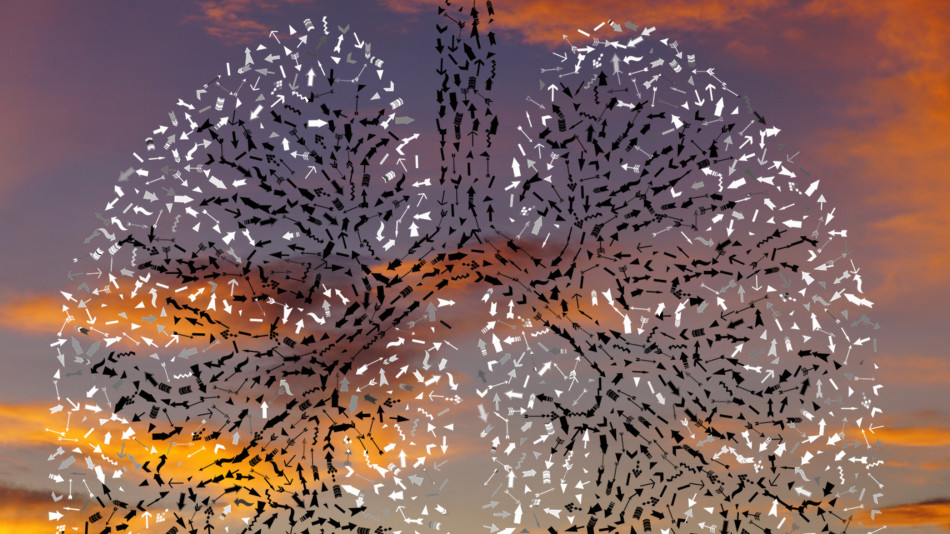Scientists (Otago University Division of Sciences, Medical School, LAWA, NIWA: Climate, Freshwater & Ocean Science) and Dunedin artists are invited to part in the first meeting for the 2022 Art and Science Project: Art + Air.
The ninth Art and Science project takes “air” as its broad focus. Following in the footsteps of successful Art and Science Projects over the previous nine years, artists will work with scientists from the University of Otago and beyond, individually or in small groups, to develop artworks which respond to the theme of “air” interpreted in a wide context.
PROJECT ARCHIVE:
exhibition catalogue | exhibition documentation at flickr gallery | exhibition documentation at youtube | exhibition programmer at youtube
online publications at Scope: Contemporary Research Topics (Art&Design) #23, 2022
CALL FOR PROJECT | AIR
Air is life.
We can last three weeks without food, 3-4 days without water but mere minutes without “air”. Air flows in an endless cycle, nurturing, sustaining and transforming all whom it touches.[i] Air/breath/wind is the nebulous thing that connects all living beings. In te Ao Māori hau is the breath or wind of life. Tihei Mauri Ora – behold the breath of life.
What happens when we are breathing? How does our sense of smell work? How does a fish breathe under water? How does a worm breathe in the soil? What we breath is the difference between good health and wellbeing. What happens when our breathing goes “wrong?” What happens when dust, smoke and fine particles inhibit breathing? And then there are pathogens who travel the airwaves leaving havoc in their wake, no less so than right now with SARS-CoV-2/COVID19. What happens when we can’t trust our air?
What’s in our air? Air appears transparent to the naked eye, but we have ways of reading the changing nature of “air”. A myriad of research bodies are daily tasked with monitoring air quality. The air in Earth's atmosphere is made up of approximately 78 percent nitrogen and 21 percent oxygen as well as other gases. We know air is a gas, but it can exist in a solid state as well as in gas hydrates. Analysis of air reveals the chemical composition of gases and fluxes in stratification inside the thin blue line of our atmosphere. Into this mix we can also add natural and anthropogenic aerosols.
We are living in our third planetary atmosphere. How has our “air” changed over the history of our planet and why is the Great Oxygenation Event called the oxygenation catastrophe. We think of terrestrial trees and plants as being the “lungs of the earth”, providing a kind of essential bio-service for “us” as photosynthesising oxygen producers and air scrubbers. However, every second breath we take was made in the ocean.
Natural navigators have been adept at reading their local environment for hundreds if not thousands or more years enabling them to read changes in air factors to enable weather forecasting on land and water. Over the centuries, biomonitors have been used to forewarn of changes in air quality, think “canary in the mine”, while others such as mosses and frogs are the unwitting bioindicators of environmental pollution. How might our intimate relationship with each breath draw our attention to global atmospheric changes driving climate change? What are the forecasting systems that aid climate modelling.
How do other living things make use of air? How do living creatures use air aside from staying alive. From aeolian plankton to birds and bats, small and large creatures use air to keep them aloft. Biomimicry in the service of our desire to take flight has lead to the field of aerodynamics, and is also used to harness the power of wind as a renewable energy source.
In this, the ninth theme in the Art+Science collaboration series we will be exploring many interconnected notions of “air”, scaling between human breathing and planetary breathing in the past, present and future. We seek expressions of interest from scientists who wish to meet with artists in this collaborative project.
The project will commence with an introductory evening of 2 minute presentations in October of this year (date and venue/online TBC) followed by monthly meetings February to August 2022. As in previous years once the initial introductions have been made and partnerships established, we will seek proposals towards an exhibition to be held in 2022, venue and date TBC.
The Art+Science Project team will be led by Pam McKinlay from the Dunedin School of Art with the assistance of Dr Jenny Rock and others.
If you have any questions or would like to register an expression of interest, please don’t hesitate to ask at pam.mckinlay@op.ac.nz
[i] Anne Salmond, Tears of Rangi,2017, 13. Hau drives the whole world, not just human relations
(image by Pam McKinlay; overlay by Gordon Johnson from Pixabay )


